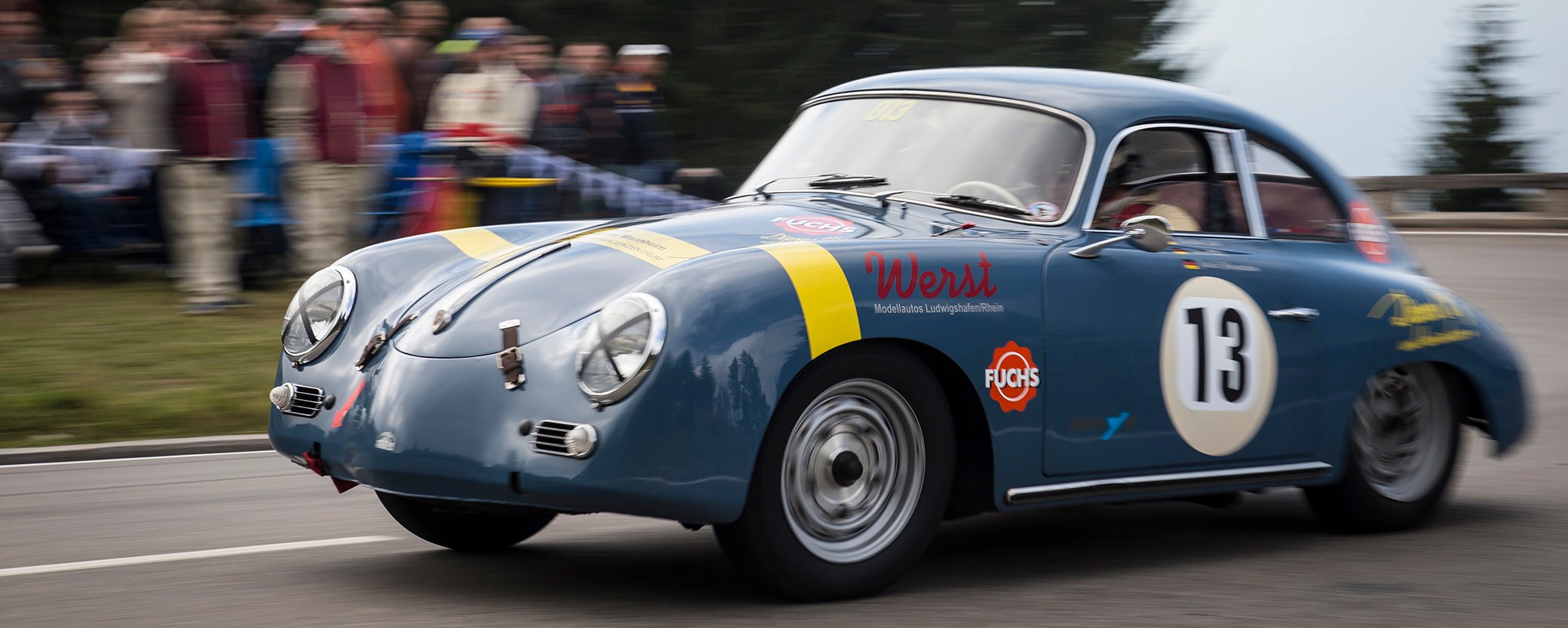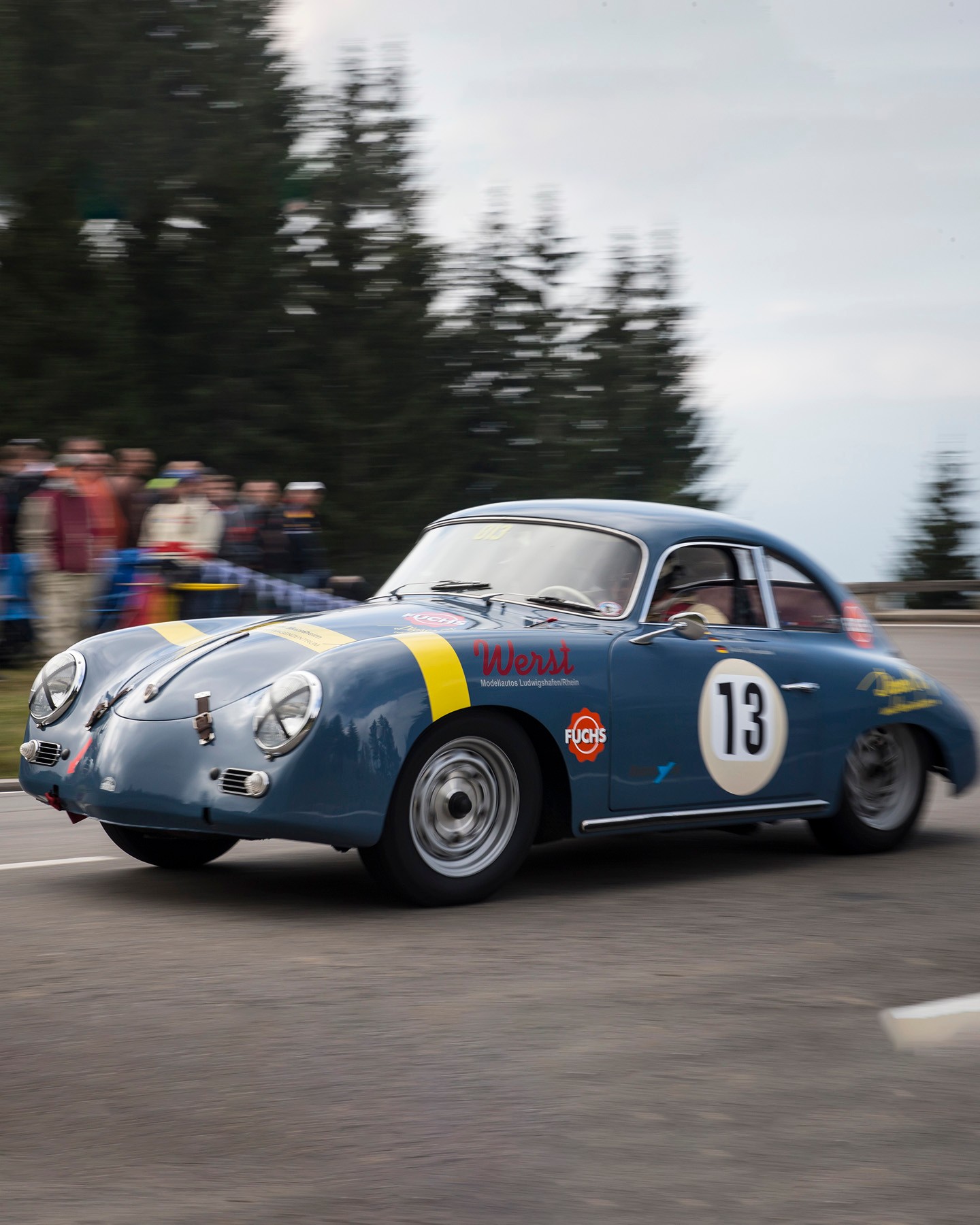

ZF congratulates Porsche for 75 Years of Sports Cars
Did Ferry Porsche have any idea that the company he founded would one day create the most iconic sports car in automotive history? And what did ZF have to do with it right from the start? We go in search of clues…
In the fast lane with ZF: When the 911 was first introduced 60 years ago - initially under the name 901 - it was more than just an eye-catcher, it was a revolution. With its air-cooled six-cylinder rear engine and unmistakable design, it brought a breath of fresh air to the automotive world. And ZF’s technology was included right from the start. The close cooperation between Porsche and ZF began in the 1930s.
Back then, Ferdinand Porsche had already planned the innovative ZF self-locking differentials for a design for the Type 114 - a sports car with a V-10 engine and a displacement of 1.5 liters. The differential installed in the drive axle of a vehicle is required to compensate for the different distances traveled by the two drive wheels when cornering and to prevent distortion.
At that time, ZF’s self-locking differentials and Fichtel & Sachs clutches and shock absorbers were used almost everywhere, and the Porsche design team had worked for other companies. It is therefore no wonder that the Type 356, which was the first vehicle under the Porsche brand name to mark the beginning of a new era in sports car construction, was also equipped with this ZF technology.

From the very first Ferry Porsche sports car model, the Type 356, Porsche also used steering systems from ZF.
A new Era of Sports Car Construction
Porsche soon brought a real racing sports car to the racetrack with the legendary Type 550 Spyder. The Type 550 was equipped with a lightweight aluminum body, as well as a limited slip differential, clutch and shock absorbers from ZF. From 1954, it was also equipped with a powerful four-camshaft engine. The 550 Spyder was to be offered to privateers. In addition to the aluminum ribbed shock absorbers with ribbed housings, the revised version of the Type 550 A later featured the same ZF steering system as the Type 356 A.

The legendary Type 550 developed into an export hit to the USA. It was equipped with steering and locking differential by ZF as well as clutch and shock absorbers by Fichtel & Sachs.
It is well known that the most important technical findings from motor racing are typically used in series production. For example, ZF developed a rack-and-pinion steering system specifically for the Porsche Formula 1 car Type 804. The forward-facing steering levers were not rigid but bent under heavy loads. As driving tests on the road showed, this meant that the front wheels fluttered less in bends and broke away less – increasing steering comfort. This knowledge gained from the new steering system was later transferred to the Type 901.
Decades later, there was also a ZF innovation in steering: in 2013, the Porsche 911 GT3 and 911 Turbo models were the first to be equipped with ZF's Active Kinematics Control (AKC) active rear-axle steering system. This brings advantages in every driving situation - through improved maneuverability at low speeds and greater stability at high speeds. For example, the system defuses vehicle reactions during sudden evasive maneuvers and thus improves active safety.
Another ZF technology supports particularly sporty driving performance in the Porsche 911: the dual-clutch transmission enables direct propulsion and lightning-fast gear changes without interrupting the thrust. Thanks to its excellent efficiency, fuel consumption values can also be achieved that are lower than those of a manual gearbox. The dual-clutch transmission developed jointly by Porsche and ZF is ideal for dynamic, sporty vehicles and masters the balancing act between pure sportiness and maximum travel comfort. This means relaxed cruising and improved acceleration in equal measure.

The 8-speed dual clutch transmission is also available with hybrid module.
Whether on the racetrack or on winding country roads, the dual-clutch transmission helps the Porsche 911 fully exploit its performance potential. Thanks to an integrated electric module, the 8-speed version of the PDK (Porsche double-clutch transmission) for the Panamera models is also available as a hybrid variant.
Those who still prefer to shift their Porsche sports car by hand also have the option of doing so. ZF has been producing manual gearboxes for Porsche in Brandenburg since 1992, including an option with seven gears since 2011.
Over the decades, many ZF products have contributed significantly to the driving dynamics and the unmistakable driving experience of all Porsche models. When it comes to limited slip differentials, for example, Porsche has remained loyal to ZF from the very beginning to the present day.
The long, shared path of Porsche and ZF is a successful partnership associated with excellence, performance and innovations that have significantly shaped the automotive industry. Together, both are ready to shape the future of mobility and its challenges. Congratulations Porsche - and we are grateful for this long and successful collaboration!















